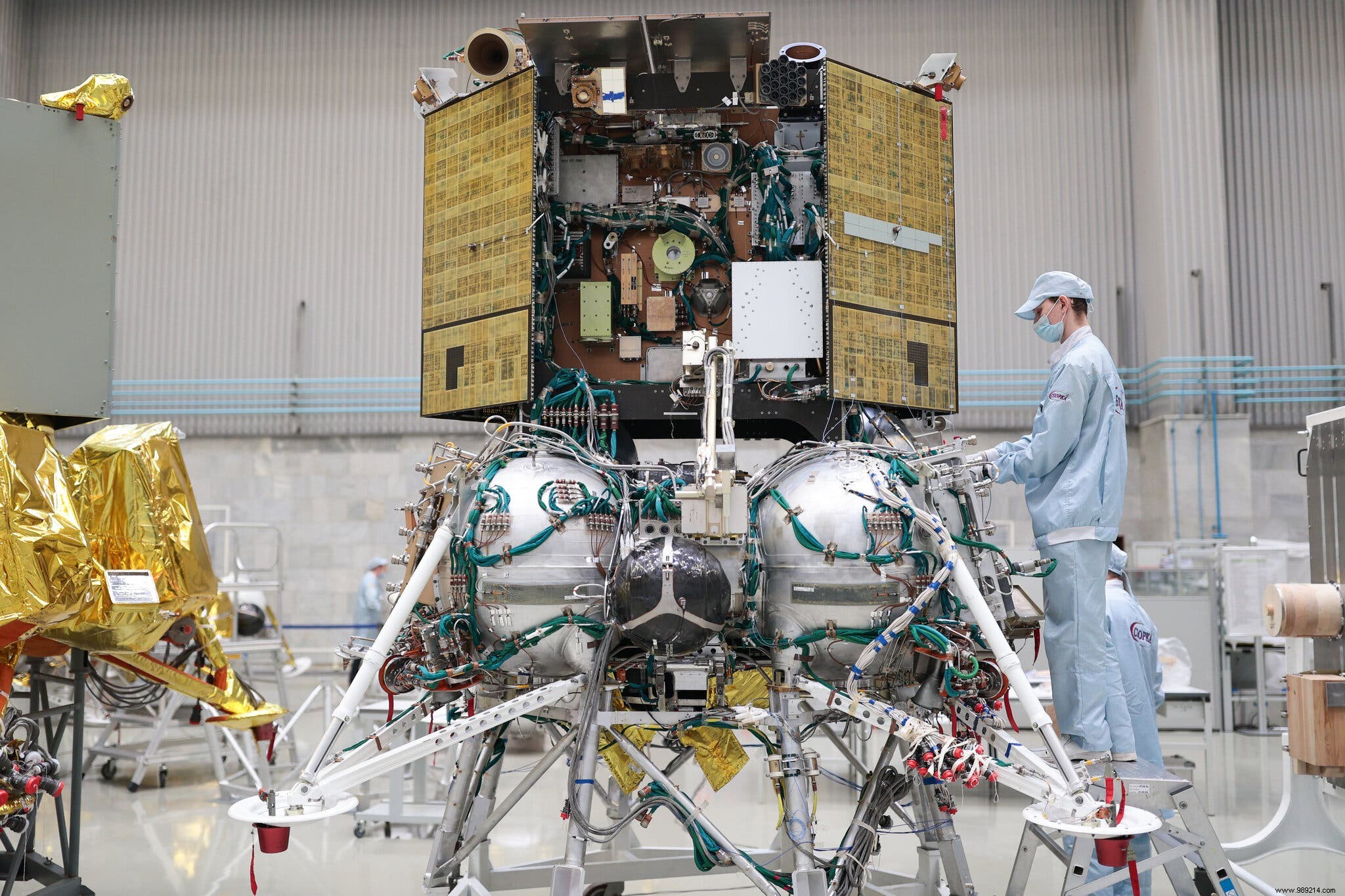From Ingenuity's first flight to Mars to the launch of the James Webb Telescope, 2021 has been an exceptional year for space lovers, but the adventure continues and the year 2022 also promises to delight us. Here is a non-exhaustive list of the events that await us.
In the coming year, two of the greatest rockets ever built will enter the space scene.
First, we have the Space Launch System (or SLS) , NASA's interplanetary launch vehicle. After years of delays and billions of dollars in budget overruns, the largest rocket ever developed by the US agency is to launch the highly anticipated Artemis 1 mission in which an uncrewed Orion capsule will circle the Moon before to return to Earth. This flight should take place in March or April.
We also have the Starship/Super Heavy , a reusable combo offered by SpaceX. Eventually, the entire vehicle will be capable of lifting one hundred metric tons of cargo and people into deep space. In the meantime, the Starship has only made a few test flights, only one of which ended successfully, while its Super Heavy booster still hasn't taken off. A first orbital test flight involving the two structures should be attempted in a few months, probably in the spring.

No less than nine missions proposed by several countries and private companies could attempt to orbit or land on the Moon in 2022 . Of this sample, five missions are sponsored by NASA.
In addition to the Orion capsule circling the Moon, a miniature satellite called CAPSTONE could be launched by the company Rocket Lab in March. The latter will aim to study a lunar orbit capable of hosting a future inhabited base. NASA is also calling on Houston-based Intuitive Machines to land an ice extractor on the South Pole this year. Here again, it will be a question of preparing a future permanent human settlement on our satellite.
Other countries will also face the Moon. India could in particular retry a landing this summer after its failure in 2019. Russia also promises to land on lunar soil for the first time since 1976, while a South Korean orbiter could be launched by a rocket. SpaceX starting in August.

In 2021, China distinguished itself by placing a new space module named Tianhe in low Earth orbit , visited since by two different crews. This year, the country plans to complete the assembly of its station with the shipment of two modules (from laboratories named Wentian and Mengtian). Both will be launched atop China's largest rocket, the Long March 5B.
The agencies are also considering several ways to defend us against possible threats from space. One of the advanced options proposes to modify the trajectory of asteroids likely to cross our planet. To test this idea, NASA and the European Space Agency (ESA) launched the DART mission (for Double Asteroid Redirection Test) last November, the objective of which will be to collide with an asteroid to modify its orbit. The DART spacecraft will arrive on site in the fall of 2022 after more than seven million kilometers traveled .
Launched successfully on December 25th , the James Webb Telescope is currently continuing its deployment process in space, taking it to the Lagrange point L2, 1.5 million kilometers from Earth. Protected by a sun visor, it will begin to probe the Universe this summer. Among its first targets will be the planetary systems 51 Eridani and HR 8799, each of which is home to worlds very different from those present in the Solar System.